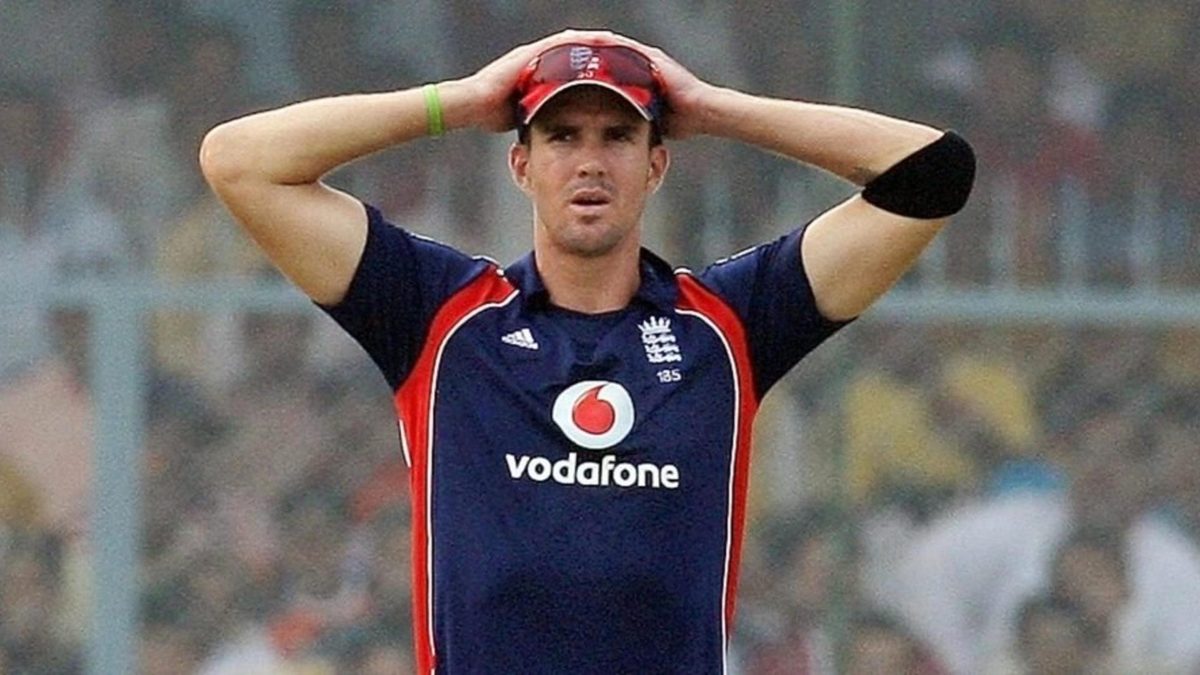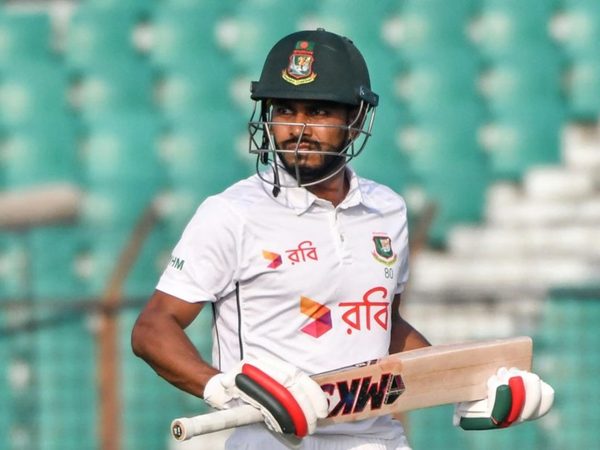
Some people are born captains, some achieve captaincy and others have captaincy thrust upon them. It’s the last lot you want to worry about…
Published in 2012
Published in 2012
10. Maharaja of Porbandar
The ruler of the small state of Kathiawar was handed the role of skipper (for which only royalty would do, naturally) for India’s inaugural tour of England in 1932 after the Maharaja of Patiala – the original incumbent – fell ill. His contribution to the trip? A leg glance for two at Cardiff (the only runs he scored all tour), keeping the rampant infighting amongst his side to a minimum and, according to the 1933 Wisden Almanack, ensuring his charges had a “modest and correct demeanour at all times.” Probably the only first-class cricketer in history to own more Rolls Royces (seven) than he averaged runs (six).
9. Floyd Reifer
It takes balls to announce – eight years after your last Test and with a five-day batting average of 7.88 to boot – that you’re willing to be picked to represent your country. Bajan batsman Floyd ‘no shrinking wallflower’ Reifer did exactly that back in 2007, and when the entire Windies side went on strike the day before the 2009 Test against Bangladesh at Kingstown he was seen as the right man to instill some steel in the motley crew of cricketers the WICB cobbled together in their place. Two resounding defeats and a Test average boosted to the heady heights of 9.25 suggest he probably wasn’t.
8. Owais Shah
Unlike a number of entries on this list, Shah can most definitely play. But his captaincy record is… chequered. Back in 2004, Middlesex gave ‘Ace’ the nod after club captain Andrew Strauss broke into the England side. However, following a stuttering start to the campaign and some public haranguing over tactics, coach John Emburey handed the captaincy to Ed Joyce the morning of the Championship clash with Worcestershire. “The sooner this is fish-and-chips wrapping-paper, the better,” Emburey told enquiring journalists, somehow implying that the club’s dramatic about-face was the fault of the press…
7. Mike Denness
When you’re a captain with a question mark over your ability to play pace and your best batsman is refusing to play for you, the last bowlers you’d want to be squaring off against would be DK Lillee and JR Thomson, who – and let’s be fair to them – were a pair of nasty buggers at the best of times. That was the hand Denness – a stylish top order batsman for Kent whose appointment prompted an incensed Geoff Boycott to make himself unavailable for selection – was dealt for the 1974/75 Ashes tour, and predictably he crashed and burned, so much so he famously dropped himself for the fourth Test at Sydney. Poor sod.
6. Kevin Pietersen
Do we have to talk about this? Really? Fine. It all started so well – a hundred so full of strut it could have passed for Kate Moss on captaincy debut, backed up by a statesmanlike turn to get England’s 2008/09 tour of India back on track after the Mumbai terrorist attacks. Then came the decision he couldn’t work with coach Peter Moores, an ultimatum to the ECB and the eventual, messy sacking of both men. Things have arguably never been quite the same between England and Kev since.
[breakout id=”0″][/breakout]
5. Lee Germon
‘The only reason someone would stab you in the front would be that there wasn’t space for another knife in your back” was how New Zealand cricket was once described to All Out Cricket, and it must be said the Kiwis have form when it comes to internal bickering. Back in 1995/96, newly appointed coach/maverick authoritarian Glenn Turner decided lower order biffer and dicey backstop Lee Germon – who in fairness had recently fashioned Canterbury into New Zealand’s foremost domestic team but had never exactly featured on the selectors’ radar – was the bloke to whip the national team into shape. Germon’s game just about held together through Turner’s turbulent regime but fell apart spectacularly in 1997 and, amidst rumblings of dressing room discontent, he was replaced with über-smooth tactician Stephen Fleming.
4. Shahid Afridi
Alright, alright – Afridi’s record as skipper in ODIs (18 wins out of 34 matches) and T20Is (eight out of 19) is passable. But the reason he makes this list is for his Test captaincy, which amounts to leading an inexperienced Pakistan side in the first MCC Spirit of Cricket Test at Lord’s, blasting an utterly irresponsible 15-ball 31 in the first innings before swiping Shane Watson down Mitchell Johnson’s throat and then – on 2 – slogging Marcus North’s part-time tweakers miles up in the air during the crucial second innings chase when the situation really, really called for a bit of knuckling down. He promptly quit, stating he didn’t have “the temperament” for Test cricket and passed the baton to Salman Butt, describing him as “the best man for the job.” We all know how well that worked out.
3. Rony Stanyforth
Lieutenant-Colonel Ronald Stanyforth was by all accounts a thoroughly decent chap, and that was enough, despite him having failed to earn a Blue at Oxford and never having played county cricket, for him to lead England in four Tests of the 1927/28 tour of South Africa. By all accounts a steady keeper, he was Chris Martin-esque with the bat and ended his Test career with 13 runs at an average of 2.60 to his name. Still, the tour, which ended 2-2, was dubbed by the MCC “a roaring success.” Standards were different back then, we guess.
2. The Maharaja of Vizianagaram
The aforementioned Maharaja of Porbandar who led India’s tour in 1932 was a shrewd and reasonable man who played only when necessary. In comparison, the insanely wealthy Maharajah of Vizianagram, or Vizzy as he was better known, wheedled his way into leading the 1936 tour of England and harboured delusions of grandeur. Turning pomposity into an art form, he sent home Lala Amarnath, India’s best player, fell out with pretty much everybody else, reportedly offered gifts to opposing skippers in the hope they’d feed him half volleys and bumbled his way to 33 runs at 8.25 across three Tests. Suffice to say he was public enemy No.1 when he returned home, and such was the vitriol that he was forced to retire from the game he adored for the best part of two decades before returning in the 1950s as an administrator and (abject) commentator.
1. Kim Hughes
The Othello of the Baggy Green. Kim Hughes was the dashing, impetuous poster boy of Australian cricket in the late Seventies, all outrageous drives and extravagant hooks, but plotting in the background were the fair dinkum Iago-like figures of Dennis Lillee and Rod Marsh, the latter harbouring a grudge that some young punk had jumped past him in the queue to lead Australia. Needled at every turn by experienced hard men unimpressed by the fact he’d sided with the establishment rather than World Series Cricket, Hughes’ form and morale were brought low by the freakish Ian Botham-charged events of the 1981 Ashes and a dressing room simmering on the edges of open rebellion, and after scoring just two runs in his last four Test innings he tearfully resigned the captaincy at cricket’s most iconic press conference, in the process becoming Australian cricket’s definitive cautionary tale. If you want to know more, do yourself a favour and go and read Christian Ryan’s Golden Boy. You’ll never look at Rod Marsh in the same light again.







